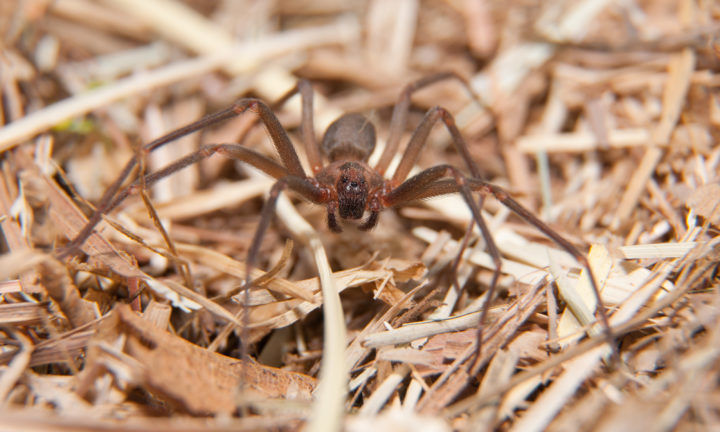Symptoms of Spider Bites & Diagnosis
Although many people are instinctively afraid of spiders, in reality only a very small proportion spiders are harmful. In the US, the black widow spider and the brown recluse spider can inflict potentially dangerous bites, but even these are rarely fatal.(1) Bites from any other spider found in the country are generally mild and can usually be managed at home.
Accurate Spider Bite Diagnosis
The major difficulty in managing a spider bite is in first determining an accurate diagnosis. Unless the spider was actually observed inflicting a bite, diagnosis of a spider bite can be almost impossible.(1) There is no test to diagnose a spider bite conclusively, and the common symptoms of local erythema and irritation are so commonplace that misdiagnosis is common. In fact, conditions as diverse as impetigo, varicella zoster, toxic epidermal necrolysis, pyoderma gangrenosum, cellulitis, and MRSA are frequently misdiagnosed as spider bites.(2)
Venomous Spider Bite Symptoms
Although misdiagnosis may not present a major problem in the majority of spider bites, it is important to recognize the signs and symptoms of spider bites from the two dangerous spiders found in the country. The black widow spider is the most venomous spider in the US, and is 15 times more poisonous than a rattlesnake.(2) A bite from a black widow spider may go unnoticed, but the victim is usually systemically ill within 1 to 3 hours with symptoms including headache, nausea, vomiting, tachycardia and hypertension.(2,3) The bite usually develops an urticarial rash, and can become disproportionally painful in relation to its size, although the wound itself rarely requires medical attention.
Symptoms of Spider Bites from Brown Recluse Spider

In contrast, the bite wound from the brown recluse spider can lead to local edema, vasodilatation, blood vessel degeneration, and hemorrhage.(2,3) Within 24 hours, the brown recluse spider bite presents with a characteristic red inflammation, blue thrombosis, and white ischemia. In about 20% of cases, this leads to a centrally necrotic area, progressing to eschar.(2) Systemic effects include fever, nausea, malaise, joint pain, seizures, hemolysis, and thrombocytopenia. In rare cases, the bite may lead to renal failure and death.(2,3)
Although wounds such as spider bites can be relatively uncommon in most medical practices, it is important for the wound care specialist to have some knowledge of the signs and symptoms of these wounds. Studying for a certification in wound care is one way to become more familiar with unusual types of wound.
Learn More With Our Wound Care Education Options
Interested in learning more about wound care and certification? Browse through our wound care certification courses for information on our comprehensive range of education options to suit healthcare professionals across the full spectrum of qualifications and experience.
References
- Spider Bites. MedicineNet.com (http://www.medicinenet.com/spider_bites_black_widow_and_brown_recluse/article.htm)
- Myers BA. Wound management principles and practice. 2nd ed. Upper Saddle River, NJ: Pearson; 2008.
- de Araujo T, Kirsner RS. Atypical wounds. In: Baranoski S, Ayello EA, eds. Wound Care Essentials: Practice Principles. 2nd Edition. Lippincott Williams & Wilkins, Ambler PA. 2008.

This is a venous status ulcer